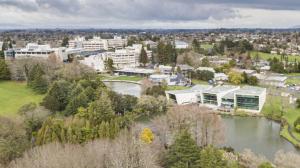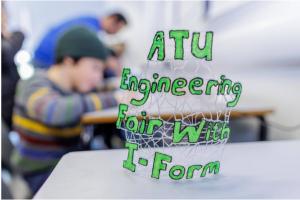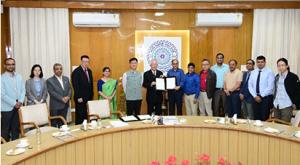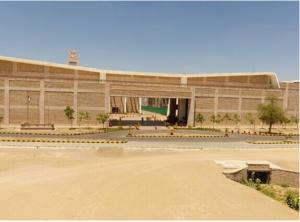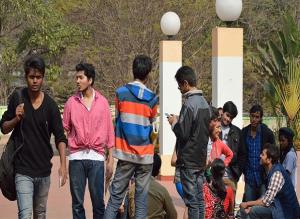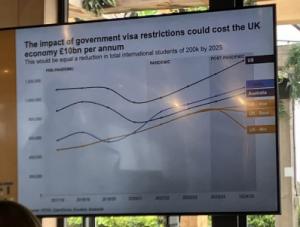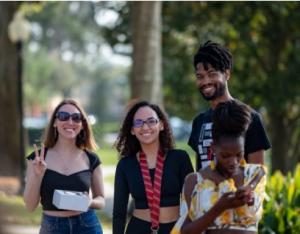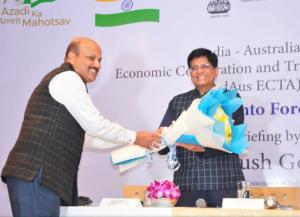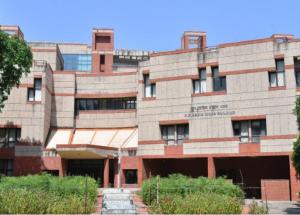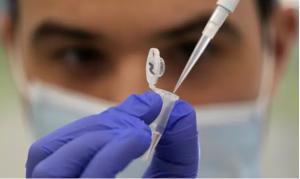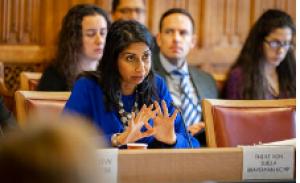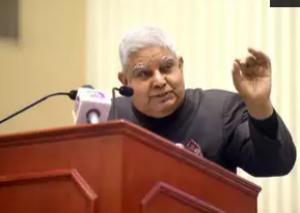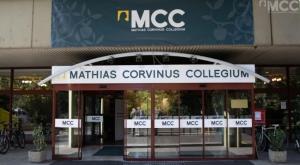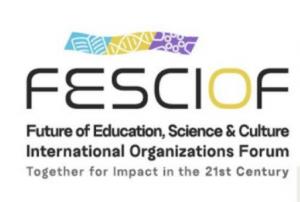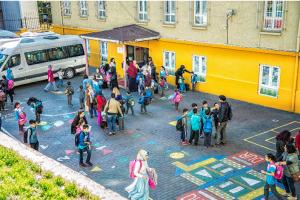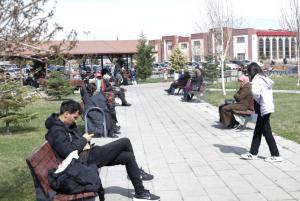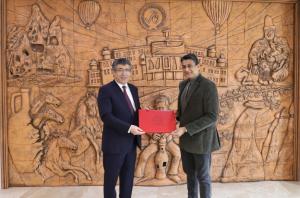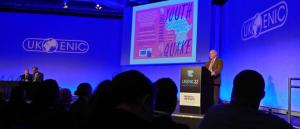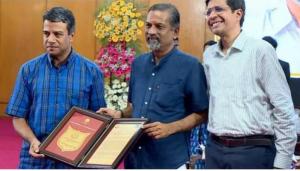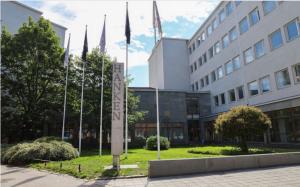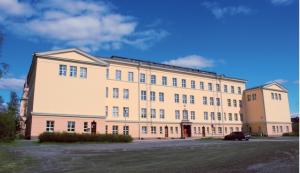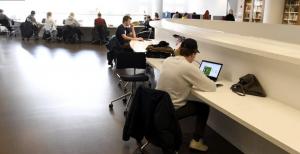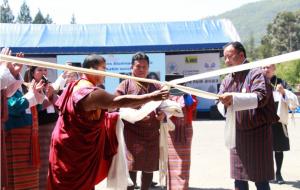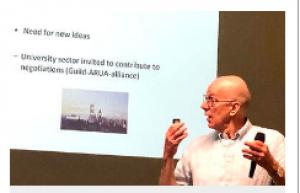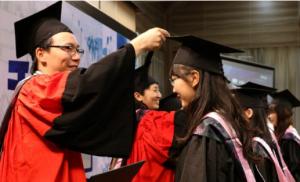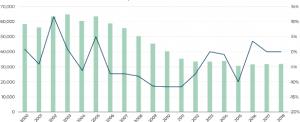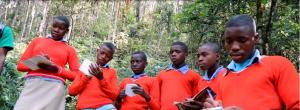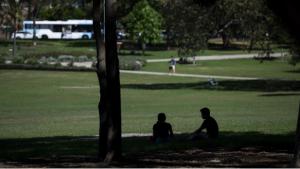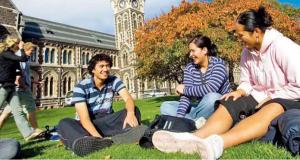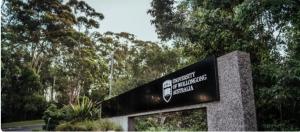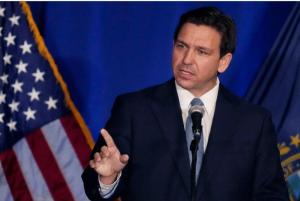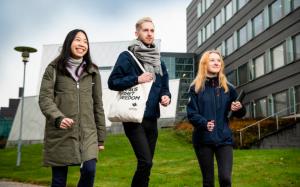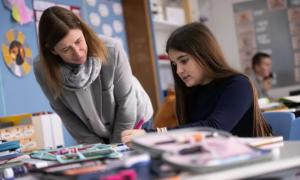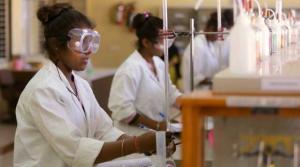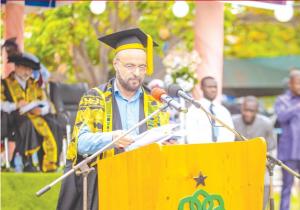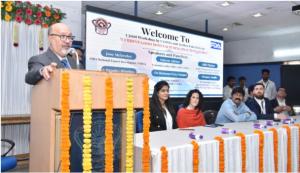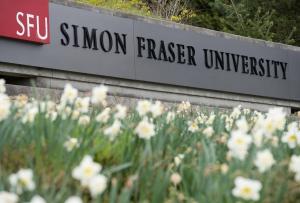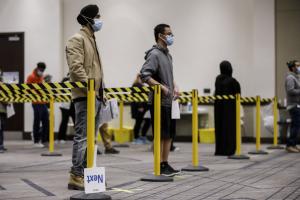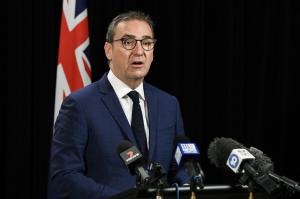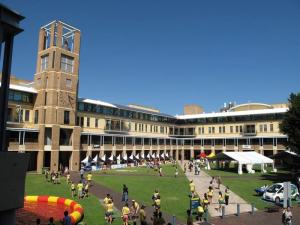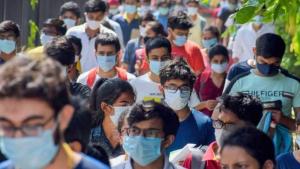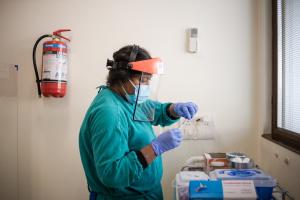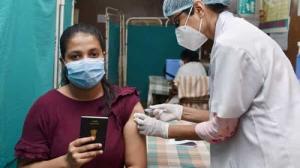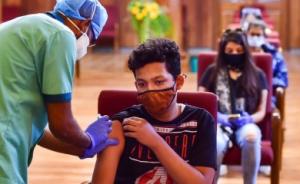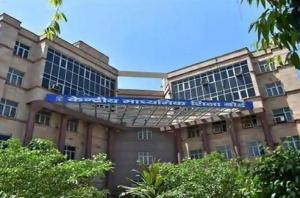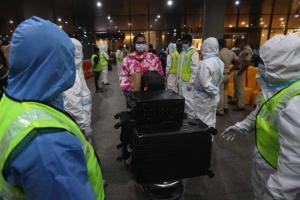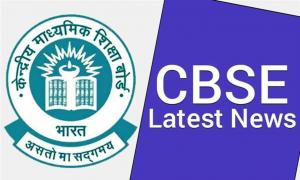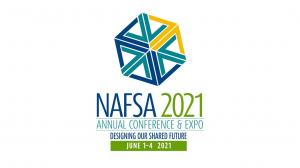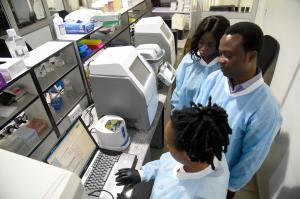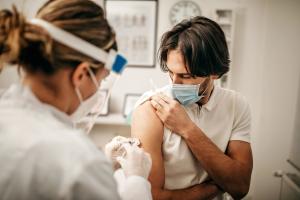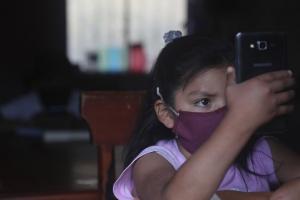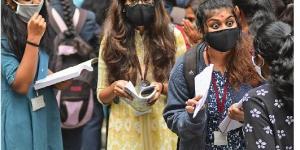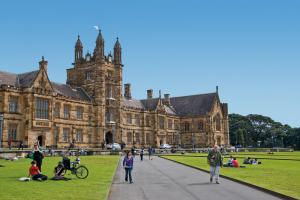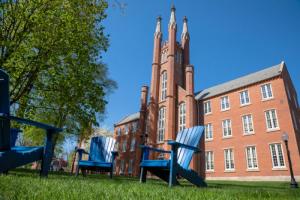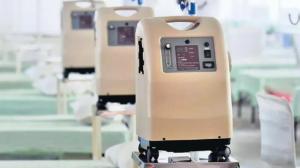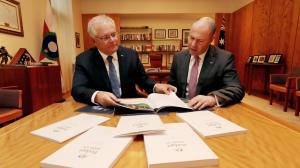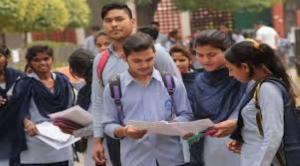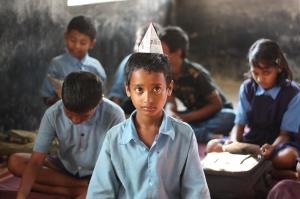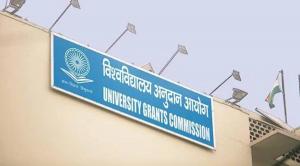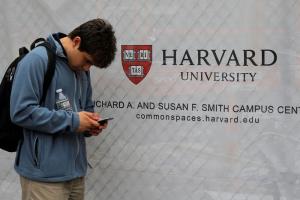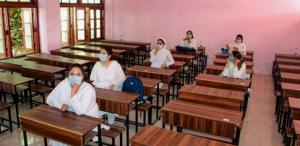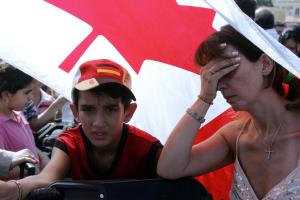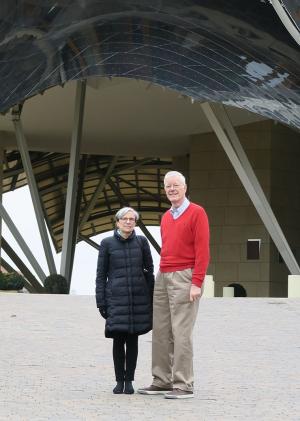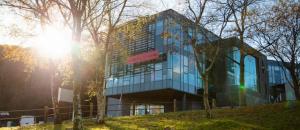Eleven Canadian research universities are to receive CA$1.4 billion (US$1.05 billion) in new monies over the next seven years to conduct research on ‘critical challenges facing our planet’ carried out by equitable and diverse teams and in consultation with Indigenous and immigrant communities.
Memorial University in St John’s, Newfoundland, has received CA$91 million (CA$13 million per year) for the Qanittaq Clean Arctic Shipping Initiative that it will be leading in conjunction with the Inuit Circumpolar Council Canada.
McGill University in Montreal is the lead university for the DNA to RNA: An Inclusive Canadian Approach to Genomic-based RNA Therapeutics (D2R) project.
The Brain-Heart Interconnectome, that will map the interconnects between the brain and the heart, is being led by the University of Ottawa.
The grants, announced at the end of April, are part of the third round of the Canada First Research Excellence Fund (CFREF) that was established in 2014. In 2015 and 2016, the inaugural rounds dispersed CA$350 million and CA$900 million, respectively.
“Canada’s post-secondary institutions are rich in talent and ideas, and are committed to building healthier, more sustainable, more inclusive and prosperous communities,” says Ted Hewitt, president of the Social Science and Humanities Research Council of Canada and chair of the Tri-agency Institutional Programs Secretariat that oversees CFREF.
“With support from the federal government’s CFREF, they are able to build on these foundations to develop advanced research programmes that showcase Canadian talent and lead the world in developing solutions to the critical challenges facing our planet, from environmental sustainability to advanced biotherapeutics, child health and population migration.”
The new monies cannot be allocated to existing professors’ salaries but, rather, must be used for equipment and other costs, including hiring new research and technical staff.
An important part of the programme, Michelle Paradis, communications advisor for the Tri-agency Institutional Programs Secretariat, explained by e-mail, is its strong emphasis on training and support to early career researchers.
“Institutions were assessed on their training plans for highly qualified personnel and also on their strategies to ensure an equitable, diverse and inclusive research team … Over the next seven years at least CA$250 million of the CA$1.4 billion has been identified to directly support trainees (graduate students and postdoctoral fellows) working on the 11 CFREF initiatives,” she explained.
Inclusion of Indigenous organisations
The Qanittaq Clean Arctic Shipping Initiative (Qanittaq) marks the first time an Indigenous peoples’ organisation is partaking in a project of this magnitude, said Lisa Koperqualuk, president of the Inuit Circumpolar Council Canada.
“The Circumpolar Council unites the voices of the Inuit, who live in four different political realities: Alaska, Chukotka (Russia), Canada and Greenland. In so doing, it also exercises the right of self-determination or pushes for the exercise of the right of self-determination in international fora.
“For example, I’ve been to the International Maritime Organization (IMO) for a few years now to have Inuit voices heard there. The IMO sets the guidelines for ships in the Arctic. With the reduction of ice and the impacts of climate change, there’s going to be more and more ships passing through the Arctic. So, we’re pushing to ensure that the marine environment is protected. It’s one of the foundations of our culture, our language, our well-being,” says Koperqualuk.
The CFREF grant is also the largest Memorial University has ever received. Tana Allen, the university’s vice-president for research, told University World News it has engendered a feeling of “humble pride”.
Teams at the Université de Montréal, the University of Ottawa, Dalhousie University in Halifax and the University of British Columbia in Vancouver will be part of the project. Other partners include the Inuvialuit Regional Corporation, Nunatsiavut Government and other Inuit organisations as well as Transport Canada and the Canadian government.
SmartICE, which provides sensors to measure sea-ice thickness that, combined with maps produced from satellite imagery, allow the Inuit to plan safer travel routes on the ice, is one of several non-profit organisations that will also be part of the initiative.
Minimising harmful impact
Among the goals of Qanittaq is one Allen summarised as “propellers and paint”. Building on Memorial University’s extensive experience in naval architecture, researchers will work on developing more efficient and safer hulls and quieter propellers for ships plying the northern routes.
The cavitation effect caused by propellers can generate up to 190 decibels, which, means they can be louder than a jet plane taking off; this sound can travel hundreds of miles and threatens the Inuit’s way of life.
“Underwater radiated noise disturbs the marine mammals we depend on,” Koperqualuk explains. “It makes them move elsewhere and that impacts how Inuit harvest marine mammals. Where to find them can become problematic. Teaching these cultural things to our younger generation can become an issue if we’re not able to go out and harvest from the marine area.”
In addition to developing paints that are less polluting – many naval paints contain high concentrations of lead and other heavy metals – the designing of more efficient hulls and propellers will contribute to lessening the impact of black carbon emitted from ships’ smokestacks.
Black carbon is the antithesis of Qanittaq, which means ‘newly fallen snow’. Black carbon is formed on ice and snow from the unburned carbon that falls from ships’ smoke. Because of its colour, black carbon absorbs UV rays and is thus a catalyst for the melting of ice.
Qanittaq will also gather evidence that is “necessary to effect national and international policy change for ships operating in the Arctic”. By way of example of what such evidence might look like, Koperqualuk pointed to the fact that in one area in one year, a mining company increased the number of ships laden with iron ore bound for Norway by 73.
“That’s an incredible increase of ships passing through the community by one mining company. Imagine, when there will be more mining companies, how many ships there could actually be passing through these communities.”
The Inuit Circumpolar Council Canada was successful in negotiating with this company a schedule that saw a pause in ships transiting the area during the time when seals were calving on the floes.
Genomic therapeutics
In addition to the CA$165 million grant from CFREF, McGill University’s D2R initiative is supported by grants totalling approximately the same amount from the pharmaceutical industry (which has a large presence in Montreal), the Pasteur Institute in Paris, the Riken Institute in Wako, Japan, and a private donor.
The initiative leverages the university’s decades-long financial and academic investment in genomic medicine, the science that Moderna and Pfizer used to produce the mRNA vaccines against SARS-CoV-2 (the virus that causes COVID).
According to Philippe Gros, deputy vice-principal for research and innovation and a professor in the department of biochemistry, “there are many rare diseases where the causative gene and mutation have been identified but there is no ‘drug’ currently available, or the ‘target’ is not accessible or is in a poor pharmacological site.”
Further, he noted that genomic designed therapeutics could be used to fight emerging diseases or drug-resistant strains of microbes. Such therapeutics can also include ‘personalised vaccines’ that could target a cancer patient’s unique tumor.
Working collaboratively
When I asked Martha Crago, McGill’s vice-principal for research and innovation, to explain what was meant by the statement in the media release that McGill “will work collaboratively with Canada’s Indigenous and immigrant populations”, she made two interconnected points.
First, she pointed to the social determinants of health. Different populations, such as Ashkenazi Jews (the population in which Tay-Sachs disease is most commonly found), she said, have different genetic mutations. Understanding these mutations is important to understanding the efficacy of vaccines in certain populations as well as these populations’ susceptibility to certain diseases.
“Both in the testing of therapeutics and in preparing the genomic understanding of certain diseases, you need to be sure you have different populations of people because you might spot something in an Indigenous population that is a gene mutation. You might not spot it if you were looking at another population. This is especially important in developing therapeutics for rare diseases.”
Part of the social determinants of health, she added, are the technical requirements of a vaccine. Pfizer’s COVID vaccine, for example, had to be kept much colder than Moderna’s vaccine.
“So it was Moderna that got shipped to the rural and northern areas of Canada. This provided vaccines to the Indigenous populations of Canada. I never thought of it as an engineering feat, but it was the bio-engineers who figured out how to bio-manufacture a product that can exist in different temperatures.”
Collaboration with Indigenous and immigrant populations is also manifest in the way McGill has allocated funds over the course of the project.
“We have fronted a very large amount of money into the early years of the project,” Crago said. “We have money for social and biomedical researchers to meet with the [Indigenous and immigrant] communities to see what they want from the initiative.
“It is very important that we understand what these communities want, what information and ways of knowing they think are important,” she said.
Treating the patient as a whole
The University of Ottawa’s Brain-Heart Interconnectome represents a significant shift in the way brain and cardiovascular diseases are conceived and treated. Traditionally, the brain was the province of neurologists and the heart of cardiologists: separate disciplines for what medical textbooks presented as separate systems.
“This led to diseases being divided, this to the neurologists, this to the cardiologists. The latest science tells us that the brain and the heart collaborate, cross talk and mutually regulate each other through the vascular system, the autonomic nervous system, the immunological system and also circulating signal molecules, said Dr Peter Liu, chief scientific officer and vice-president of research at the University of Ottawa Heart Institute.
“We have conveniently divided medical care into body parts, but the patient has everything integrated in the same individual. Now we really need to look after the patient as a whole and, in fact, take advantage of the fact that these organs talk with each other.”
When I asked if this heart-brain connection means that it was true that people can die of a broken heart, Liu said “absolutely” and then gave me the technical term: Takotsubo cardiomyopathy – “broken heart syndrome”.
“In a traumatic setting – loss of a spouse, major family conflict, loss of a job, financial ruin – you get a tremendous amount of hormones as well as stress signals from the brain to the heart and the heart can lose its ability to contract properly. Popular literature identifies this through stories, but in fact medically this has been recently recognised as sound.
“The most interesting research now shows that when we are stressed and our heart races, our blood pressure goes up … all these signals feed back to the brain and actually accelerate the stress response,” said Liu.
Novel integrated knowledge translation
In addition to funding foundational and clinical research, the CFREF grant of CA$109 million to the University of Ottawa (which will be working with several partner universities) will support training “the first generation of research leaders in ‘interconnectome’, science and brain integration, paving the way with novel integrated knowledge translation – and equity, diversity and inclusion embedded approaches to research,” says the university’s media release.
According to Liu, studying different ethnic populations is a vital part of the initiative.
“We’ve realised that the intricacies of the brain-heart interactions and disease conditions are, in fact, culturally dependent, partly in terms of access to health resources. But also, we’ve determined [that high] blood pressure and diabetes, which affect the brain and the heart … are much more common in our black population and our Asian population. And, therefore, the consequences of these [conditions] are much more magnified in those settings.
“Conversely, the Indigenous peoples’ view of these conditions is that we need to harmonise our activities with nature so that we can reduce stress and maintain health, and build resilience. This is the value of working with different communities so that we can learn from each other [and] mitigate the risk, to produce healthier populations,” said Liu.
When I asked Liu to set this research in a global context, he said heart disease, stroke and cognitive impairment are taking place at an extremely rapid rate in lower- and middle-income countries.
“At the same time the complications such as a heart attack, heart failure or stroke are occurring a decade or two earlier in those populations [than in the West]. These conditions may affect our older population, but in Africa, South America and South Asia they are affecting the head of households who are of working age – and [they may] become disabled or paralysed or succumb to the condition altogether. This has a huge impact on society, on families and on the next generation.
“And so this becomes even more important as a health issue, social issue, public policy issue in the Global South. And therefore strategies to prevent these from occurring make a huge difference worldwide.”
Other types of knowledge
Initiatives at Memorial University, McGill University and the University of Ottawa, as well as several others, explicitly state that the universities will work in concert with Indigenous peoples and will incorporate Indigenous ways of knowing into their work.
“Very often I hear people saying that if they’re going to do such and such, well, the information has to be based on good science, good analysis and on Western science. But they forget that there are other types of knowledge: Indigenous knowledge, Inuit knowledge,” said Koperqualuk.
Since Inuit knowledge cannot, for example, be reduced to a couple of phrases and cannot be put in the square of Western knowledge, Koperqualuk answered my request for a sketch of what Inuit knowledge is with a number of questions that are more socially oriented than quantitatively focused.
“Who is this research going to be for? Is it going to benefit our communities? Are we going to participate in the research? Is our knowledge going to be included?”
The knowledge system Koperqualuk described “stems from centuries of observations and experiences, and is living, from the time of the foundation of our culture”.
Towards the end of our interview, Koperqualuk returned to the question of international maritime policy and emphasised her hope that Qanittaq would produce a governance structure that incorporates Inuit expertise on maritime issues. She summed this up with the phrase, “nothing about us without us” – words that also sum up the hopes of the other Indigenous peoples who are involved in the other 10 CFREF projects.

Source link: https://www.universityworldnews.com/post.php?story=20230510105323971









